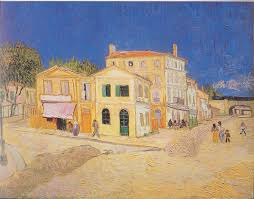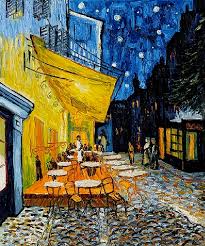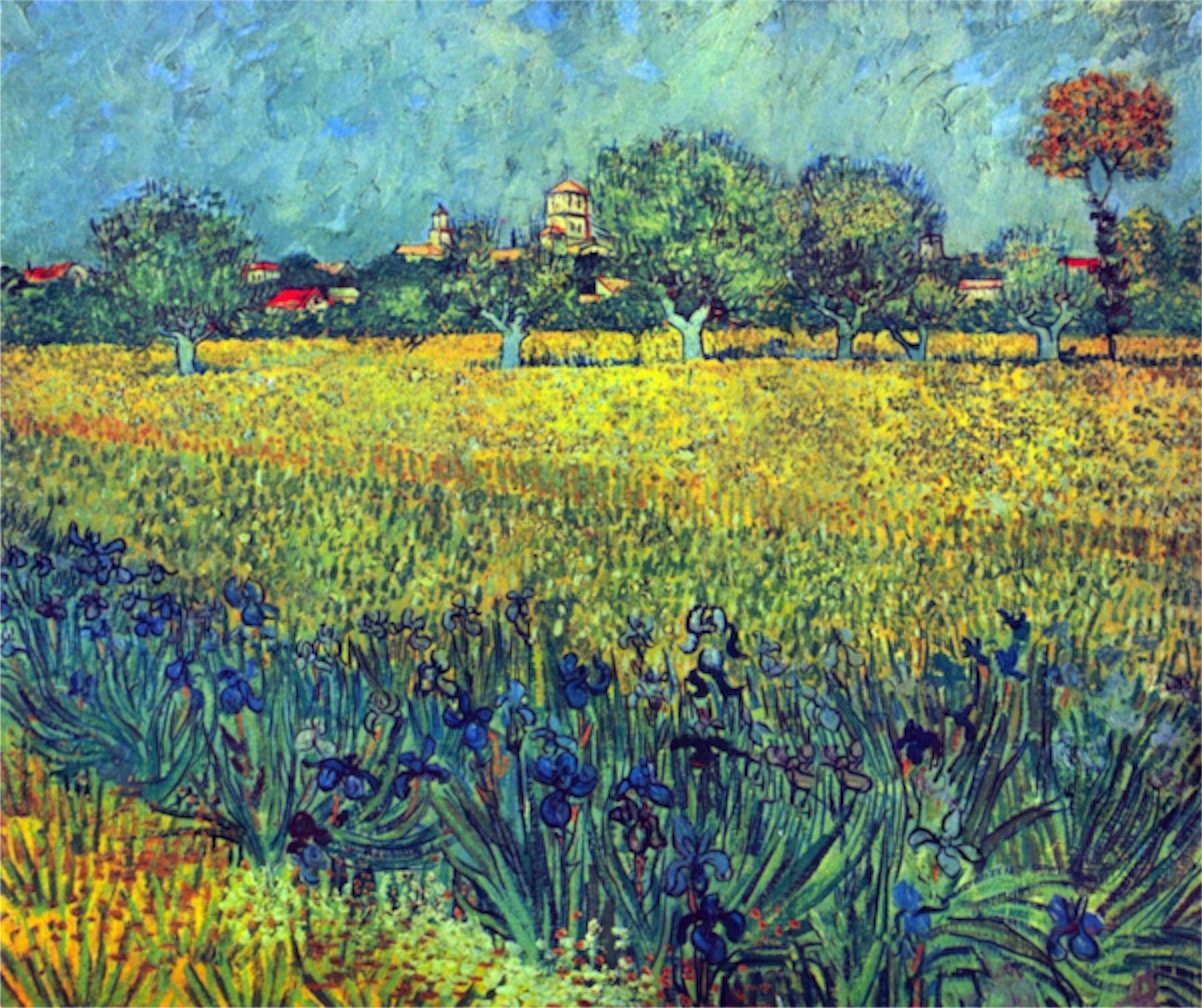Truganini: Journey through the apocalypse by Cassandra Pybus
Truganini: Journey through the apocalypse by Australian author Cassandra Pybus is a heartbreaking and an eye-opening story.
I didn’t know anything about Truganini before reading this book, except that she was said to have been the last full-blooded Aboriginal person in Tasmania, and that Truganina, a fairly new suburb in Melbourne’s west was named for her.
Truganini was born around 1812 on Bruny Island in Tasmania’s south. A penal settlement near Hobart had been established eight years before Truganini’s birth and by the time she was aged 16 or 17, martial law had been declared and the Indigenous people were being expelled from areas that were being settled by Europeans. By expelled, I mean ‘extirpated,’ to use the word that was used at the time to describe the murders intended to eradicate all of the First Nations Australian people from Tasmania.
The author, Cassandra Pybus had a personal connection to Truganini and her clan, as the Pybus family had farmed on Bruny island since the mid 1800s when her great-great-grandfather was granted the land by the government of the time. Pybus had grown up hearing a family story of old Aboriginal woman wandering across the farm during the 1850s and 1860s. Pybus later learned that the woman was Truganini, and that the country was that of her people, the Nuenonne.
The author used original eyewitness accounts to write Truganini’s story, including diary entries and journals, letters, newspaper and court reports.
By the time she was 17, Truganini’s mother had been brutally killed by sailors. Many of her other family members had also been killed and her sisters had been taken by sealers. Truganini and her fellow survivors struggled to survive diseases introduced by Europeans and the loss of the food and shelter they had traditionally taken from their country.
Truganini was found living with a group of convict wood-cutters and was placed under the protection of Christian missionary George Augustus Robinson. He married her to Wooredy, a much older Nuenonne warrior, and along other Indigenous people in their group she and Wooredy acted as Robinson’s guides as he travelled through Tasmania over many years rounding up the remaining Indigenous people to clear the land, with the intention of resettling them on Flinders Island.
Truganini, Wooredy and the other Indigenous people in Robinson’s party also acted as translators and middle-men between him and the First Nations people they encountered. To explain why they helped Robinson was more complicated. The trip gave them the opportunity to live a traditional life where the men in the party could hunt and the women fish, and where they could spend their evenings story-telling and taking part in ceremonial dancing.
Mostly though, they went with him because Robinson presented himself to them as a protector. He appeared to be a somewhat well-meaning man, but it was also clear that he was motivated by money and by his own ego in seeing himself as a saviour. Eventually Robinson abandoned the people he had been employed to protect, and the lives of those who had survived massacres, rapes and violent beatings while losing their country went from bad to worse on the prison-like conditions on Flinders Island.
After her death in 1876 Truganini’s skeleton was displayed in the Tasmanian Museum until the late 1940s. Buying and selling the First Nations’ peoples skeletons was a lucrative business, with skulls and skeletons being studied, displayed and ‘owned’ by private citizens, the Royal College of Surgeons in London, the Ethnological Museum at Oxford in England and the Royal Society of Tasmania.
It is impossible to tell Truganini’s actual story in her own voice, but Truganini: Journey through the apocalypse is probably as close as it could get. The story is as much about the massacre of an entire people, of murders, rapes and violent beatings, the loss of these people’s country and culture as it is about Truganini’s personal story. It is also the story of how all Australians who don’t have an Indigenous background benefitted from the terrible crimes inflicted by the Colonial government and people.
My purchase of Truganini: Journey through the apocalypse completes my New Year’s resolution for 2022 to buy a book by an Australian author during each month of this year (December).
.












Recent Comments